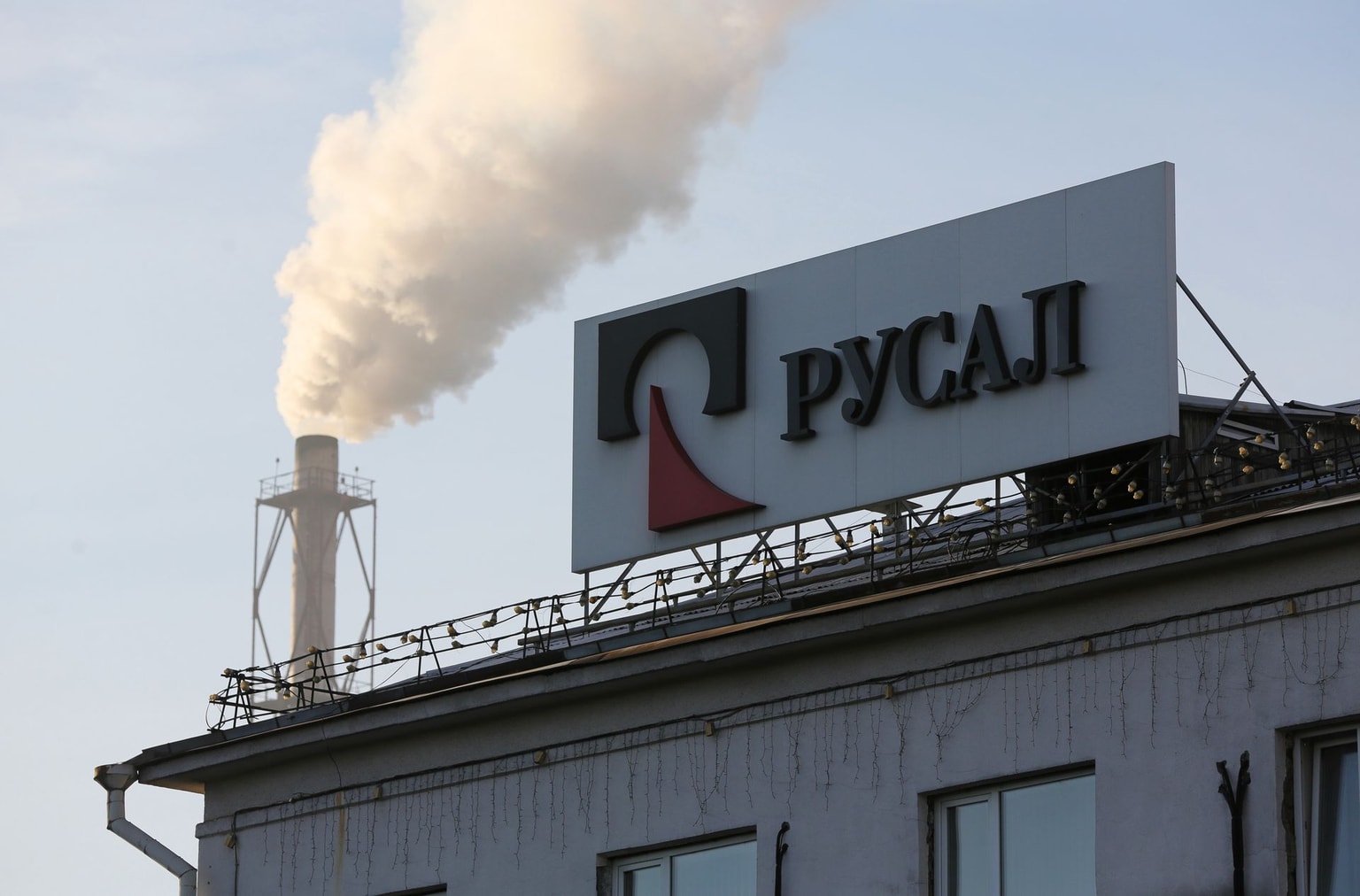Oil prices near one-week high amid Russia supply disruptions, sanctions uncertainty

Oil prices remained near a one-week high on Feb. 19 as concerns over supply disruptions in Russia and the U.S. continued to drive the market. Traders are also closely watching developments on potential sanctions relief, as Washington attempts to broker a peace deal between Russia and Ukraine.
Brent crude settled at $76.04 per barrel, up 20 cents (0.3%), while U.S. West Texas Intermediate (WTI) crude closed at $72.25, gaining 40 cents (0.6%), according to Reuters. Both benchmarks reached their highest level since Feb. 11.
Market analysts are weighing several key factors affecting crude prices, including geopolitical risks in Russia, Iran, and OPEC's supply strategy.
Supply concerns were heightened after a Ukrainian drone attack on a Russian oil facility led to a 30-40% reduction in Caspian Pipeline Consortium (CPC) oil flows, which translates to a potential market supply loss of 380,000 barrels per day. Russian President Vladimir Putin claimed the attack might have been coordinated with Ukraine’s Western allies.
Meanwhile, U.S. President Donald Trump criticized President Volodymyr Zelensky as "a dictator," accusing him of refusing to have elections, and repeating false claims about the war in Ukraine.
Despite speculation about a U.S.-brokered agreement between Russia and Ukraine, analysts at Goldman Sachs believe that lifting sanctions on Russia is unlikely to significantly boost oil flows, according to Reuters. They argue that Russian crude output is currently limited by its OPEC+ production target of nine million barrels per day, rather than by Western sanctions, which impact where Russian oil is sold rather than total export volumes.











